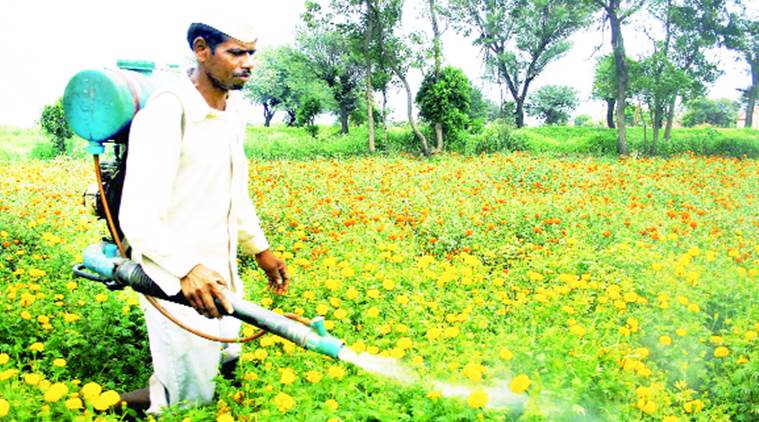- India
- International
Rain, sunshine or drought? IMD to issue ‘customised’ weather advisories to help farmers
Since 2008, the AgriMet department has been issuing district-level weather forecasts for farmers.
 Better access to satellite data and improved forecasting models will help the IMD issue more accurate advisories
Better access to satellite data and improved forecasting models will help the IMD issue more accurate advisories
The Indian Meteorological Department (IMD) will soon be able to deliver custom-made, weather-based crop advisories, in association with grass-root level organisations that will act as a bridge between the department and the farmers.
Watch what else is in the news
Dr Nabansu Chattopadhyay, deputy director-general, AgriMet department, IMD, said the move will help them “customise” their advisories for the benefit of farmers, rather than issuing district or block-level weather advisories.
Since 2008, the AgriMet department has been issuing district-level weather forecasts for farmers. These advisories, which include information on temperature, rainfall, relative humidity, cloudiness and wind speed, are issued for a span of five days.
Based on these parameters, the AgriMet field units issue specific crop-based advisories for the district, intended to help farmers plan their agricultural activities.
However, the district-level forecast is not always sufficient to meet the requirements of individual farmers, given the wide variation in the above five parameters a single district can experience, said Chattopadhyay.

For example, while areas like Maval and Mulshi may experience excess rainfall, Baramati and Shirur often have to face drought-like situation. Small and marginal land holders, who comprise about 80 per cent of the cultivators in the country, were the worst hit by the vagaries of nature.
“A recent study by the National Council of Applied Economic Research (NCAER) has shown that proper advisories can increase production by 25 per cent…,” said the IMD official. Better access to satellite data as well as newer and improved forecasting models would now enable IMD to customise their advisories, said Chattopadhyay.
“In order to understand the specific needs of farmers, we intend to tie up with grass-root level organisations. These organisations will help us build bridges with the local community and help us receive feedback from farmers,” he said.
The advisories will not only include five climatic parameters, they would also include details on how to improve productivity by fighting diseases or pest attacks. Citing an example from West Bengal, Chattopadhyay said farmers from the state had asked for prior information to fight diseases and pests which tend to attack the potato crop.
This project is part of a global initiative which would be funded by agencies like the UNDP, World Bank etc. While the accuracy of district-level forecasts seem to have increased in the last few years, a recent study by IMD scientists pointed to certain shortcomings. The model had failed to determine the temperature in hilly areas accurately and the accuracy of the prediction was lesser for northeastern regions.
While the weather predictions were 60-80 per cent accurate for states such as Maharashtra and Gujarat, they had varied between 40-50 per cent for Haryana. The study had shown that weather predictions for states such as Kerala, Tamil Nadu and Andhra Pradesh required improvement in accuracy levels.
Click here to join Express Pune WhatsApp channel and get a curated list of our stories
Apr 19: Latest News
- 01
- 02
- 03
- 04
- 05






































